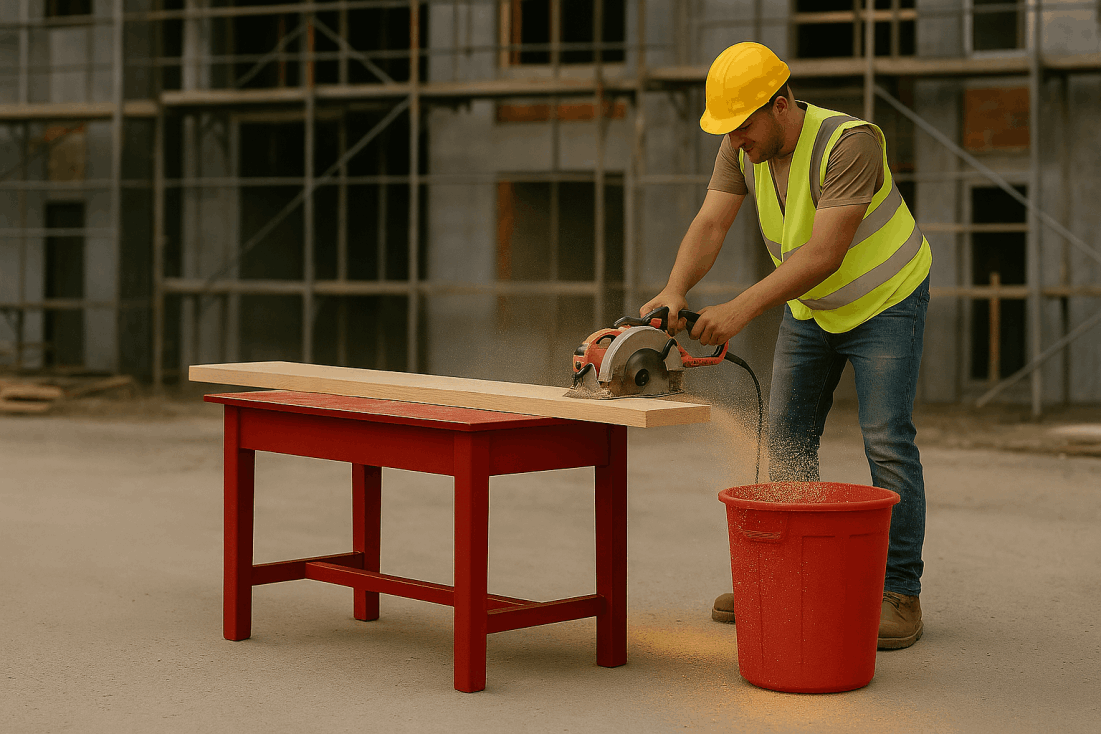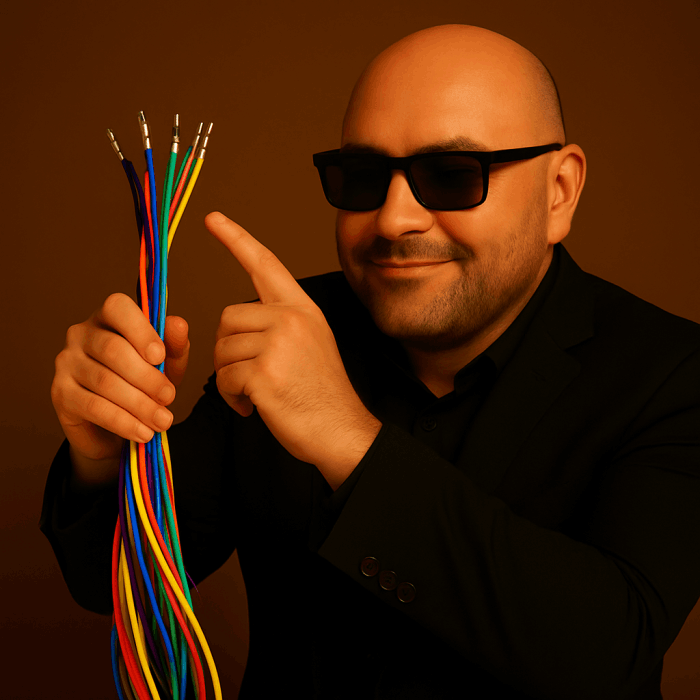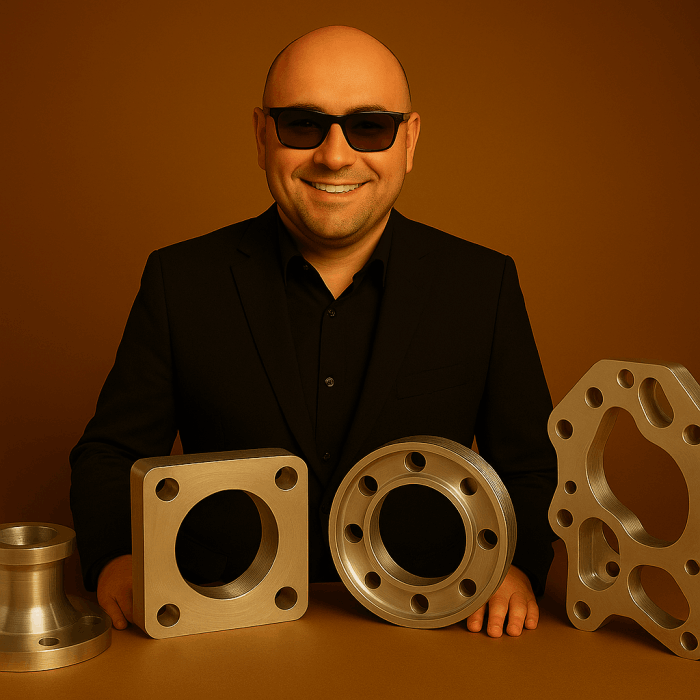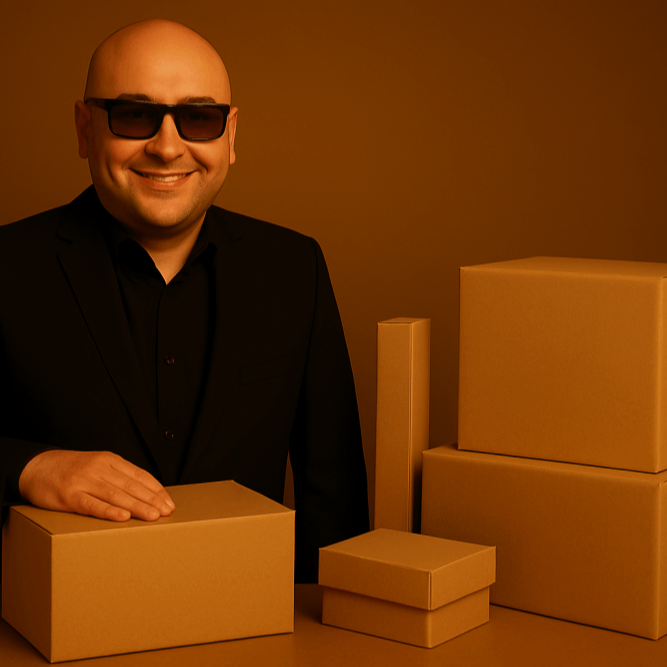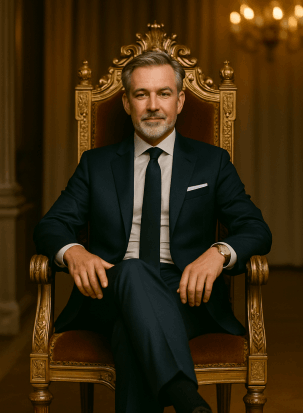A new frame: making circular work in the real economy
To make circularity succeed, companies must move from project to strategy — from marketing-led initiatives to system-level redesign.This shift requires structured support that helps embed circular economy principles through five essential lenses:
Every circular solution must begin with material intelligence. What are the lifespans, return flows, and technical barriers of the materials involved? Which local markets have the logistics, regulation, and customer base to support reuse, refurbishment, or reverse logistics?
We map material flows alongside market potential to ensure circularity isn't just aspirational — it's operational.
Circularity starts at the design table. That means building for disassembly, modularity, and long-term durability — not just post-consumer recycling. We work with product and packaging teams to shift from end-of-life thinking to end-to-end systems.
Designing differently means rethinking ownership models, incentives, and user behaviour — especially in B2B.
Subscription models. Take-back schemes. Product-as-a-service. These aren’t trends — they’re mechanisms for circular success. But they require cross-departmental alignment and financial modelling that accounts for asset lifecycle, not just unit sales.
We co-design viable models that work with your cost structures and customer realities — not just innovation theatre.
Sustainability without data is just storytelling. We help define measurable circular KPIs: retention of materials, CO₂ reduction per unit of use, percentage of revenue from circular flows. Then we tie these to operations, procurement, and leadership incentives.
If it’s not in the dashboard, it’s not in the business.
Change won’t scale if it’s only owned by the sustainability lead. Circular economy needs champions in logistics, finance, product, and sales. We build cross-functional ownership through training, pilot initiatives, and executive narratives that show circularity not as cost, but as competitive edge.

